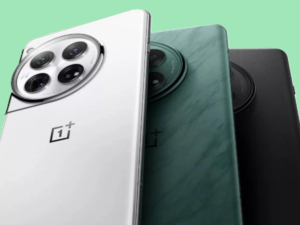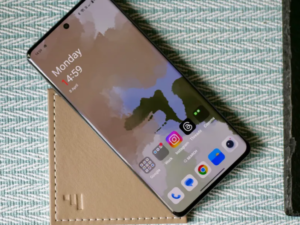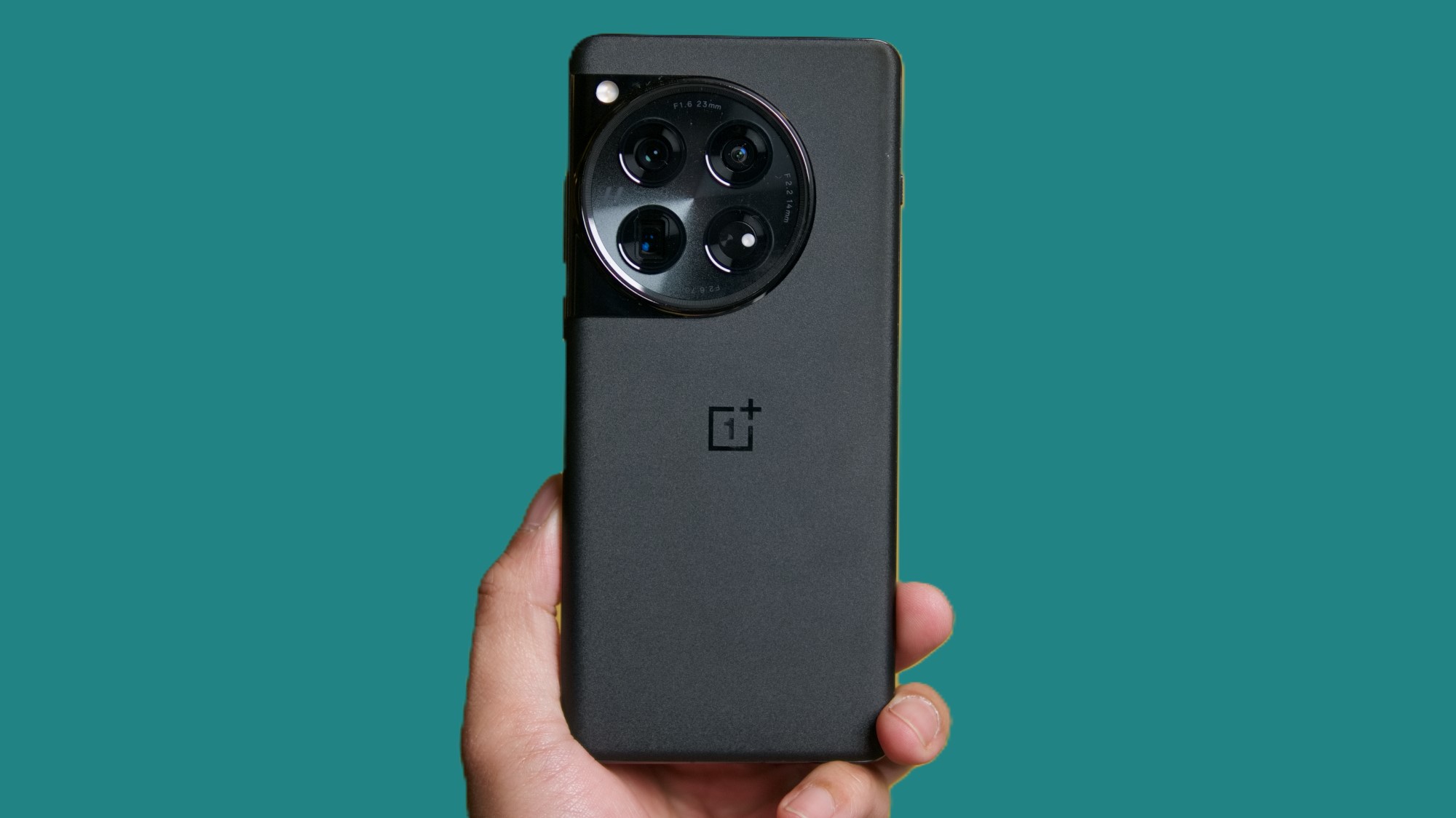Introduction to OnePlus 13’s Display Innovation
The OnePlus 13 is anticipated to be more than just a standard flagship smartphone; it represents OnePlus’s step into new realms of display technology with localized refresh rate control. This novel technology changes the way smartphone screens operate by allowing different parts of the screen to refresh at varying rates. The significance of this feature is substantial, as it has the potential to revolutionize the smartphone industry’s approach to display efficiency and energy consumption.
In a typical display, the refresh rate is constant across the entire screen. If a user sets their phone to a 120Hz refresh rate, every pixel on the display will refresh 120 times per second, whether it’s necessary or not. This can result in high energy use, especially when the display isn’t actively changing across the whole screen. For example, parts of the screen showing static content like text or background images do not require such high refresh rates. With the OnePlus 13’s new technology, the screen could refresh rapidly only where needed, such as during gameplay or while scrolling through social media, while conserving battery in other areas by reducing the refresh rate.
- Clash of the Smartphones: Samsung Galaxy S25 vs iPhone 17 – Which Is Better?
- Samsung Galaxy S25 FE Set for 2025 Launch—Possibly the Slimmest Yet
- AI May Take Over the Settings App in Samsung Galaxy Phones — What We Know
- Samsung Galaxy Z Fold Special Edition Rumored to Receive Display Enhancements — Fresh Renders Surface!
Technical Details: What Makes It Work?

At the core of this innovative display technology is the BOE X2 OLED panel. BOE Technology Group, a leader in display manufacturing, has collaborated with OnePlus to bring this new screen technology to life. BOE is known for its OLED panels, particularly for high-end devices, and the X2 OLED on the OnePlus 13 is a top-tier panel with 2K resolution. This ensures crisp visuals and vivid colors, which will enhance the overall user experience. Besides the cutting-edge display resolution and color accuracy, the BOE X2 panel allows for adaptive refresh rates in specific areas of the display, a feature enabled through advanced hardware integration and sophisticated software algorithms.
Another significant aspect of the display is its sunlight visibility enhancement, or what’s commonly referred to as “sun display.” This feature adapts to bright outdoor conditions, making the display much easier to see in direct sunlight without having to increase the screen brightness significantly. With more accurate color reproduction and clearer visuals in varying lighting conditions, users can expect a more seamless experience whether they are indoors or out. This feature is anticipated to contribute to the overall power efficiency of the device, as it eliminates the need for constantly maxing out the brightness level in bright conditions, which is a common battery drain.
Why Localized Refresh Rate Matters

The OnePlus 13’s display technology could herald a shift in how smartphones approach power efficiency. By adjusting the refresh rate in localized areas, the device can conserve battery life significantly, especially during activities that traditionally drain battery fast, like gaming and video streaming. With a 6,000mAh battery, the OnePlus 13 is already built for endurance, but the localized refresh rate technology could give it an edge over other flagships when it comes to longevity between charges.
Variable refresh rates are not entirely new, as many flagship smartphones today have adaptive refresh rates that adjust based on the content on the screen. However, the localized control on the OnePlus 13 is the first of its kind. In effect, if a user is reading a static webpage or viewing photos, only the sections of the screen that display movement (such as advertisements or dynamic content) will refresh at a higher rate. This selective process could set a precedent for other smartphone manufacturers, encouraging a trend toward more efficient displays that maximize battery life while providing the same level of functionality and responsiveness users expect in premium devices.
How This Technology Impacts Gaming and Media

Gaming on smartphones has seen substantial growth in recent years, with mobile games now offering graphics-intensive, immersive experiences. The OnePlus 13, with its Snapdragon 8 Gen 4 processor, is built to handle these demanding tasks with ease. The processor is designed not only for peak performance but also for efficiency, enabling the OnePlus 13 to deliver high-frame-rate gaming without compromising on battery life. Paired with the localized refresh rate technology, this could mean an even better gaming experience as the display will only refresh intensively in active areas. This capability provides a more dynamic and responsive gaming environment without the unnecessary power drain associated with high-refresh-rate displays.
In terms of media consumption, the localized refresh rate display could enhance movie streaming, video calls, and other multimedia experiences. Many streaming platforms now offer high-refresh-rate support, and the OnePlus 13’s ability to selectively apply these refresh rates could lead to smoother, more visually engaging video playback. Additionally, the display’s advanced color accuracy and 2K resolution will make watching videos or browsing photos a visually captivating experience. For users who prioritize visual quality, this feature could make the OnePlus 13 a top choice in 2024.
Beyond the Display: Other Anticipated Features of the OnePlus 13

While the display is a standout feature, the OnePlus 13 is expected to be a powerhouse in other areas as well. The Snapdragon 8 Gen 4 processor will provide the backbone for its high performance, and it’s expected to be paired with up to 12GB of RAM, ensuring that the device can handle multitasking, gaming, and resource-intensive applications with ease. Storage options are also likely to be generous, with rumors suggesting options of up to 512GB.
The phone will sport a triple-camera system featuring Sony sensors, which indicates that OnePlus is prioritizing camera quality as well. Rumors suggest the inclusion of a 50MP Sony LYT808 sensor for the primary camera, complemented by a 50MP ultra-wide and telephoto lens. This setup will allow for versatility in photography, offering users high-quality images in a variety of settings. OnePlus has also improved its software processing over the years, so users can expect better night mode capabilities and more dynamic range in their photos.
Another remarkable feature is the IP69 dust and water resistance rating. While other flagships typically offer an IP68 rating, the OnePlus 13 is rumored to push the limits by offering a higher level of protection, making it one of the most durable smartphones on the market. This would make it especially appealing to users who frequently take their phones on outdoor adventures or work in rugged environments.
Potential Challenges and Market Impact

OnePlus’s implementation of a localized refresh rate is an ambitious move, but it is not without challenges. Adaptive refresh rate technology has had a mixed reception in its early implementations. Some users found that initial versions on other devices could be somewhat buggy, with delays in response or uneven performance across different parts of the display. With such a novel feature, OnePlus may encounter a learning curve as it fine-tunes the technology. However, any initial hiccups could likely be addressed through software updates, ensuring the feature evolves and improves over time.
The success of the localized refresh rate technology on the OnePlus 13 could influence other smartphone manufacturers to adopt similar innovations, pushing the industry forward. By setting a new standard in display technology, OnePlus could establish itself as a leader in innovation, much like it did with fast charging and high-refresh-rate displays in previous years.
Conclusion: A Glimpse into the Future
With the OnePlus 13, the company is not only delivering a smartphone that meets the demands of 2024 but is also introducing technology that could define the next generation of mobile devices. The localized refresh rate feature, paired with a powerful Snapdragon processor, impressive battery capacity, and a high-resolution BOE X2 OLED display, positions the OnePlus 13 as a flagship that could reshape user expectations.
The OnePlus 13 will likely appeal to tech enthusiasts, gamers, and anyone who values innovation. Its anticipated launch later this year will bring to the market a device that showcases the possibilities of energy-efficient display technology, and it may well be the start of a broader trend in the smartphone industry. As other manufacturers observe the OnePlus 13’s reception, we can expect further developments in this direction, ultimately leading to more energy-efficient, responsive, and visually stunning smartphone displays across the board.
The OnePlus 13 is indeed more than just a smartphone; it’s a testament to the possibilities of mobile technology when innovation and user experience are prioritized. The world will be watching closely to see how this device performs and how it influences the next steps in mobile display technology. Stay tuned with us on Facebook & Instagram for more info about every coming smartphone.
Must Visit-
- Sensational The OnePlus 13 Price May Surge, According to Latest Leak
- United Nations Day — Celebrating Global Unity and Cooperation
- Revamped iPhone SE 4 — Latest Leak Points to Significant Design Shift

[…] OnePlus 13’s New Display Tech Sets a Bold Standard for the Industry […]